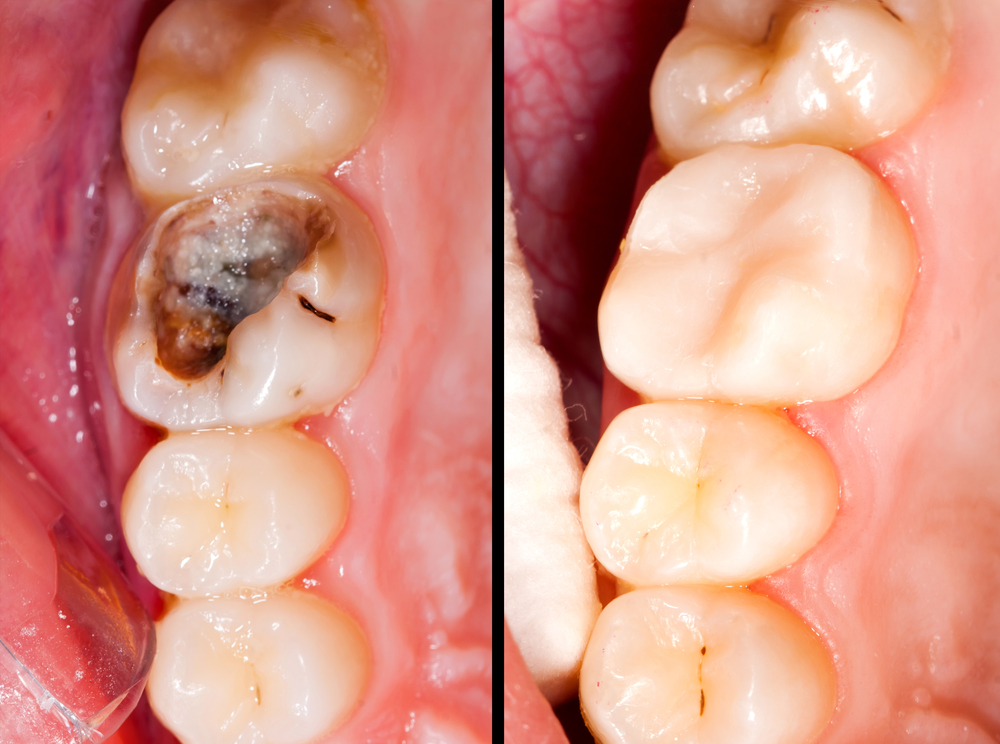What is Tooth Decay?
Tooth decay is often called the second most prevalent human disease, after the common cold. Without effective treatment (as was the case through most of history) it can lead to pain, tooth loss, and sometimes worse illnesses. Even today, it’s estimated to affect over a quarter of U.S children from ages two to five, and half of those aged 12-15. But it doesn’t necessarily have to! Working together with our office, you can take steps to prevent tooth decay from harming your teeth — or those of your loved ones.
There’s one important fact you should understand up front: No single “magic bullet” can stop tooth decay in every case. Instead, fighting decay should be viewed as a process of preventive maintenance, like taking care of your car — except that (unlike a car) your natural teeth, with proper care, can last a whole lifetime. The basic aspects of this process are practicing good oral hygiene at home, limiting the frequency of eating sucrose or high concentration fructose containing foods, utilizing fluorides, using antimicrobial mouthwashes, xylitol and coming in to our office for regular cleanings and checkups. We check thoroughly for decay, and treat cavities when necessary.
Yet there’s still more we can do to prevent tooth decay. Today, with our increased understanding of what causes tooth decay and how to treat it, we can truly focus on decay prevention in your particular case. In fact, it’s now possible to assess each individual’s risk factors for decay, and concentrate on doing what’s most effective for you.
Learn more in our blog post, Cavities: Myths and Hopes.

